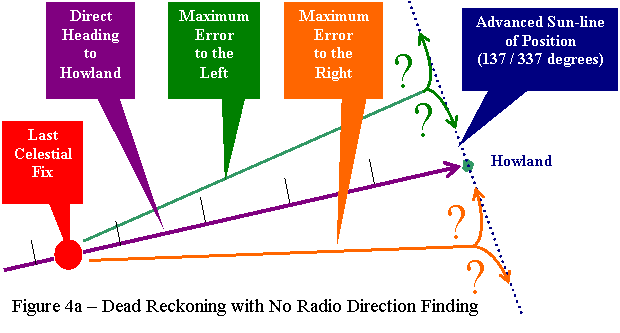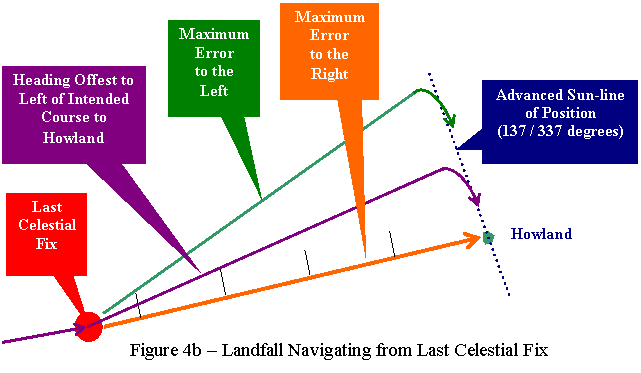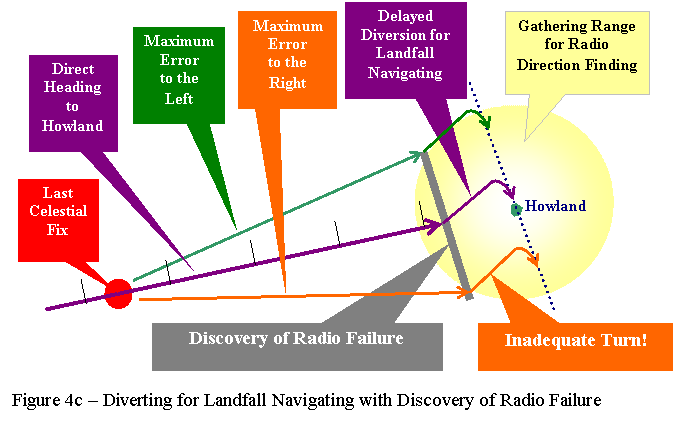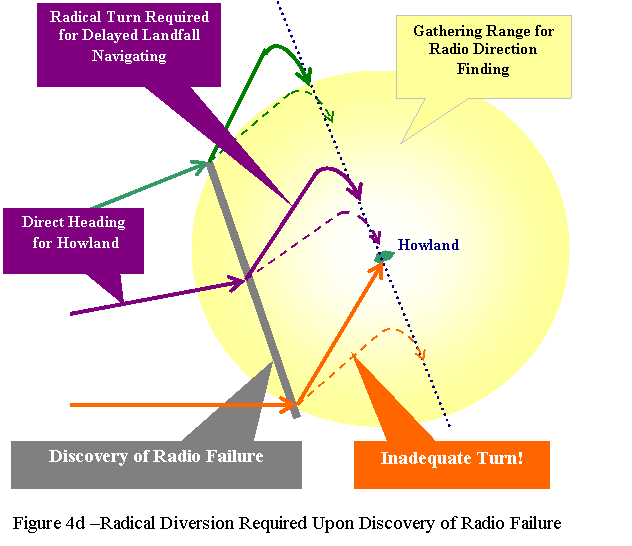|
Copyright ©2010 by Paul Niquette. All rights reserved. |
|||||||||
 More
than seven decades of public fascination have resulted
in a cottage industry devoted to Amelianna and
an immense body of reference
material -- more than 60 published works and a dozen
websites. One of the most authoritative books (Long) took 25 years of
research. Of course, in 1937 there would be no
audio recordings of radio communications, a reality that
has fostered many mischiefs to confound
researchers. Transcription errors were inevitable,
and cases of spin doctoring have also been detected, as
blame became the game. More
than seven decades of public fascination have resulted
in a cottage industry devoted to Amelianna and
an immense body of reference
material -- more than 60 published works and a dozen
websites. One of the most authoritative books (Long) took 25 years of
research. Of course, in 1937 there would be no
audio recordings of radio communications, a reality that
has fostered many mischiefs to confound
researchers. Transcription errors were inevitable,
and cases of spin doctoring have also been detected, as
blame became the game.
Facts about the flight are few
(possibly one of the most complete sets will be found
in the Ameliapedia pages at TIGHAR).
Thus
there are no shortages of theories and speculations,
myths and legends. However...
Solvers are invited to put out of their minds the speculations of others and to develop their own for addressing the navigational problems facing Fred Noonan in the pre-dawn hour that followed 17 hours aloft and with 435 miles to go. Imagine yourself watching over his shoulder as he hurriedly -- if not frantically -- takes star sightings by sextant (octant, actually) jots down exact times from his chronometer, consults his almanac, and rushes through the requisite calculations at his work table to plot the Last Celestial Fix. Four hundred and thirty-five miles of empty ocean -- that would be an exceptionally long distance for dead reckoning. The diverging lines in Figure 4a below depict the range of uncertainties that result from dead reckoning errors, which are attributable to a number of in-flight imperfections, including steering errors and especially uncertainties in winds aloft.
Over the ensuing couple of hours as the sun rose in the sky, the headwinds retarding the flight would doubtless increase or decrease by unknown amounts, respectively decreasing or increasing the Electra's groundspeed. So too will the crosswind component vary in both intensity and direction, as anybody who has ever watched a weather vane atop a barn will attest. For dead reckoning, Amelia Earhart urgently needed a 'wind correction angle' WCA in order to maintain her intended course (see Wind Circle puzzle). Noonan would have tried to determine the WCA with the Electra's drift meter; however, his very first sighting at dawn would have shown him what we now know -- that whatever the intensity of the winds aloft, surface winds were too calm to produce the whitecaps needed for drift measurements. If ever there will be a case where 'extreme' trumps 'average' -- or any other measure of 'central tendency' -- this would be it. A steering error near the extremes shown in Figure 4a can result in a fatal turn in the wrong direction as the Electra draws 'abeam' of Howland. Our retrospective advice for Fred Noonan must address extremes not ranges.
Now, one star cannot provide a position, only a line of position (LOP) derived from the angular elevation of the star ("altitude") above the horizon at a specified instant in time. In celestial navigation, one needs two or more intersecting LOPs to determine one's location. Solvers of Here Comes the Sun will recall that, unlike a shoreline or highway, an LOP does not stay in one place but is constantly racing westward along the equator at 1,042 mph. For the case at hand, therefore, we would surely advise Fred Noonan first to bear leftward toward the closer arm of the 157/337 LOP and then to log frequent sun-sightings by sextant throughout the morning for updating the particular 157/337 LOP that crosses Howland. That procedure reduces the dead reckoning error in arrival time but does nothing for steering error.
At least one prominent reference (Long p.25) speculates... {a} that Amelia Earhart took the direct
course from the Last Celestial
Fix (see Figure
4a)... Nota bene: That is the same offset angle we would call for; however, as shown in Figure 4b, our prescribed offset maneuver would be performed at the beginning of dead reckoning -- in other words, at the Last Celestial Fix! Please observe the exclamation point. Deferring the decision to apply landfall navigating means that the offset maneuver must take into account -- and correct for -- all possible accumulated dead reckoning errors (see Figure 4c). In Figure 4d below, we see that the appropriate offset course might have been as much as 45 degrees to the north in order to accommodate the cumulative effects of a maximum steering error of only five degrees toward the south.
Inasmuch as the Electra could have been
flying anywhere in the uncertainty range, the same 45
degrees offset turn would be imposed at the decision
point -- even if the flight were at the maximum
steering error toward the north. In all
cases, upon arrival at the 157/337 sun LOP without Howland in
sight, Earhart would confidently make her turn
to the right and fly a heading of 157 degrees.
Without the radical turn, depending on how long the decision was postponed after passing the Last Celestial Fix, the chances might have been as much as 50-50 that Amelia Earhard's right-turn would have been in the wrong direction as shown in Figure 4d. The Electra would then fly a heading of 157 degrees away from Howland toward the south. Let us take as our solution to the Live Reckoning puzzle... What would your advice have been for completing the flight successfully?
Solvers of the Wages of Flight puzzle may argue that Fred Noonan would have been most concerned about the Electra's remaining fuel. Thus, he would surely reject our advice, instead taking the shortest route to Howland and postponing the landfall navigating maneuver to be used as a last resort. Then too, Noonan may have been frantically hoping to correct out his steering errors with RDF from Itasca following hundreds of miles of dead reckoning.
Oh, but a couple of hundred miles ahead is the island of Nikumaroro (see Figure 1 in the puzzle). If Fred Noonan rejects your advice as set forth in the solution to the Live Reckoning puzzle, the consequence may be consistent with a speculations put forward by Ric Gillespie and being studied year after year at TIGHAR. We will leave opinions on that outcome to others.
|
|||||||||
|
|



